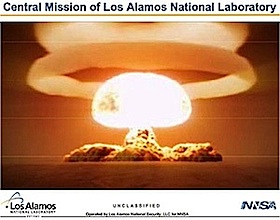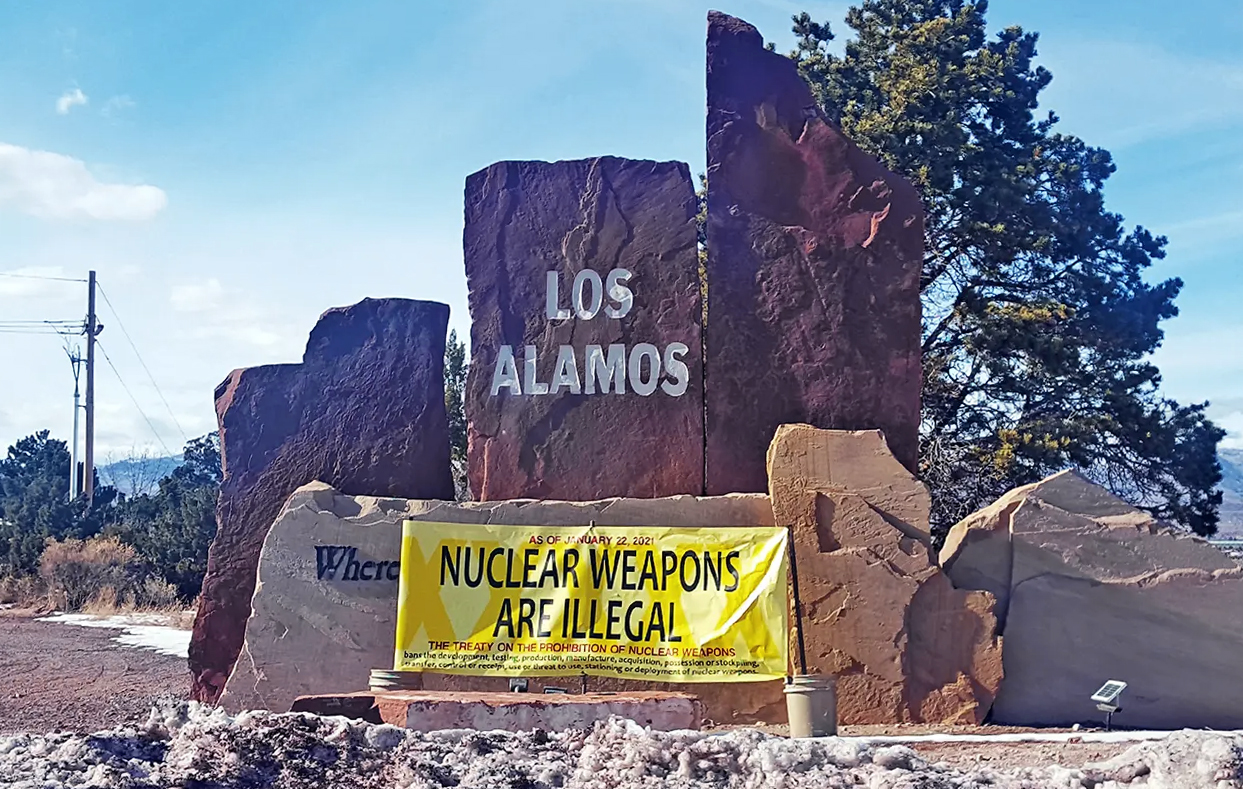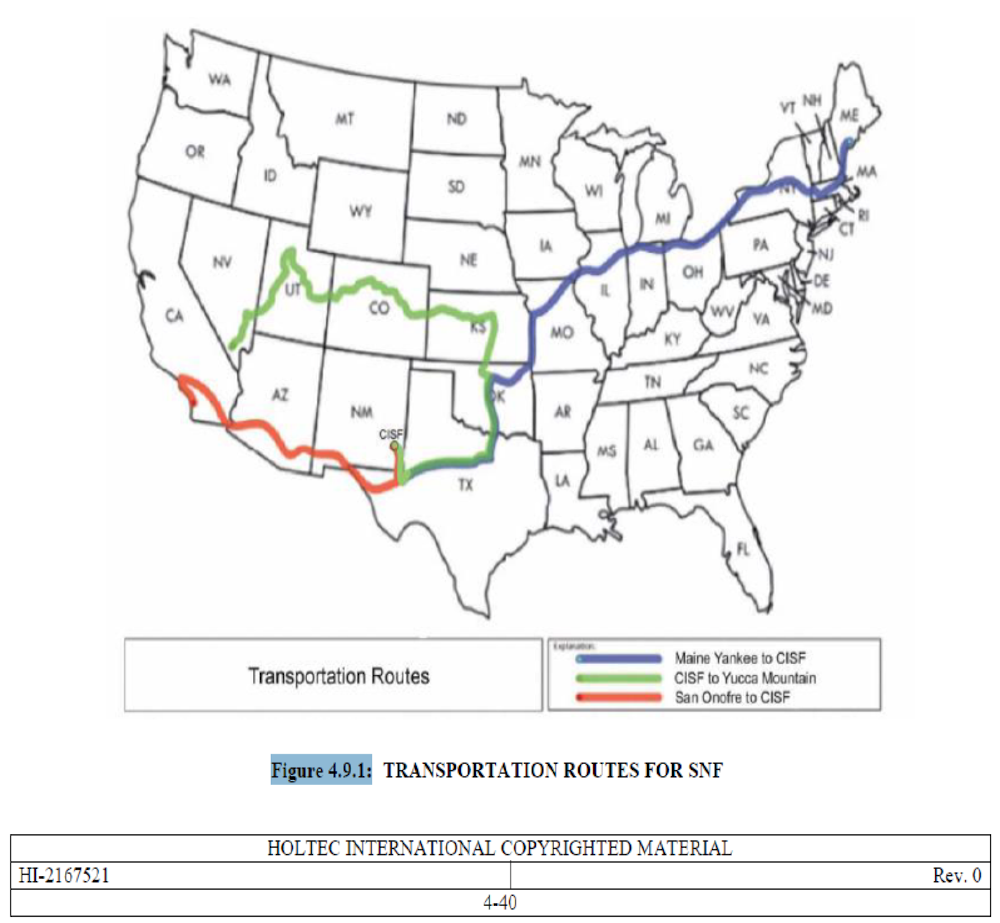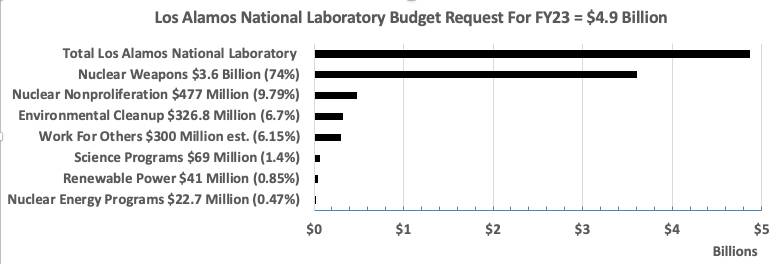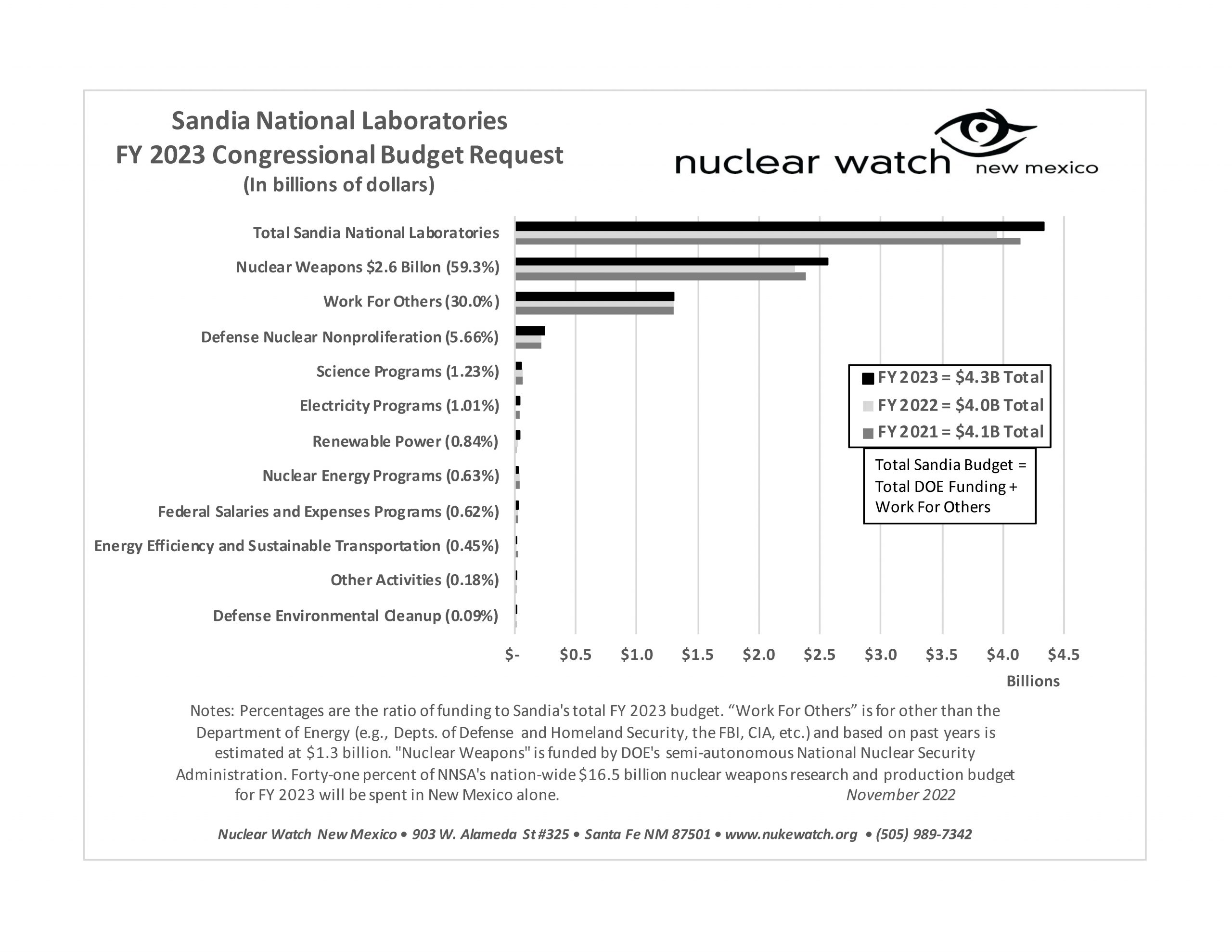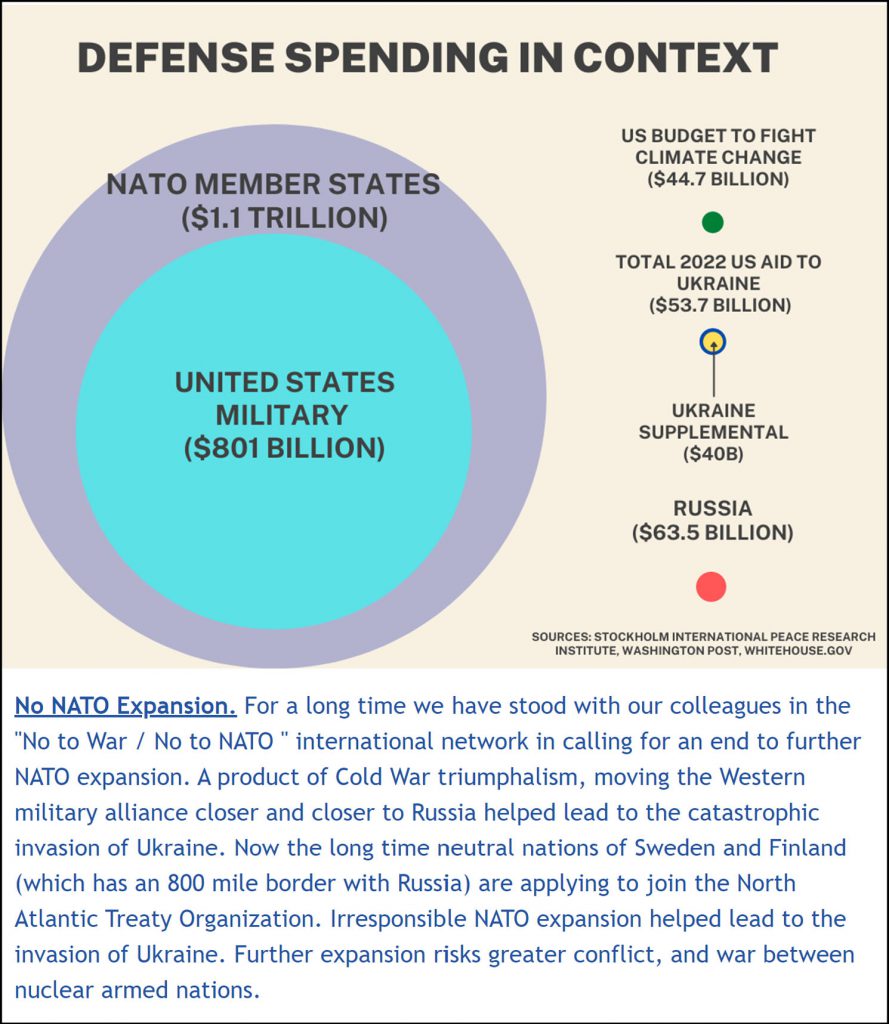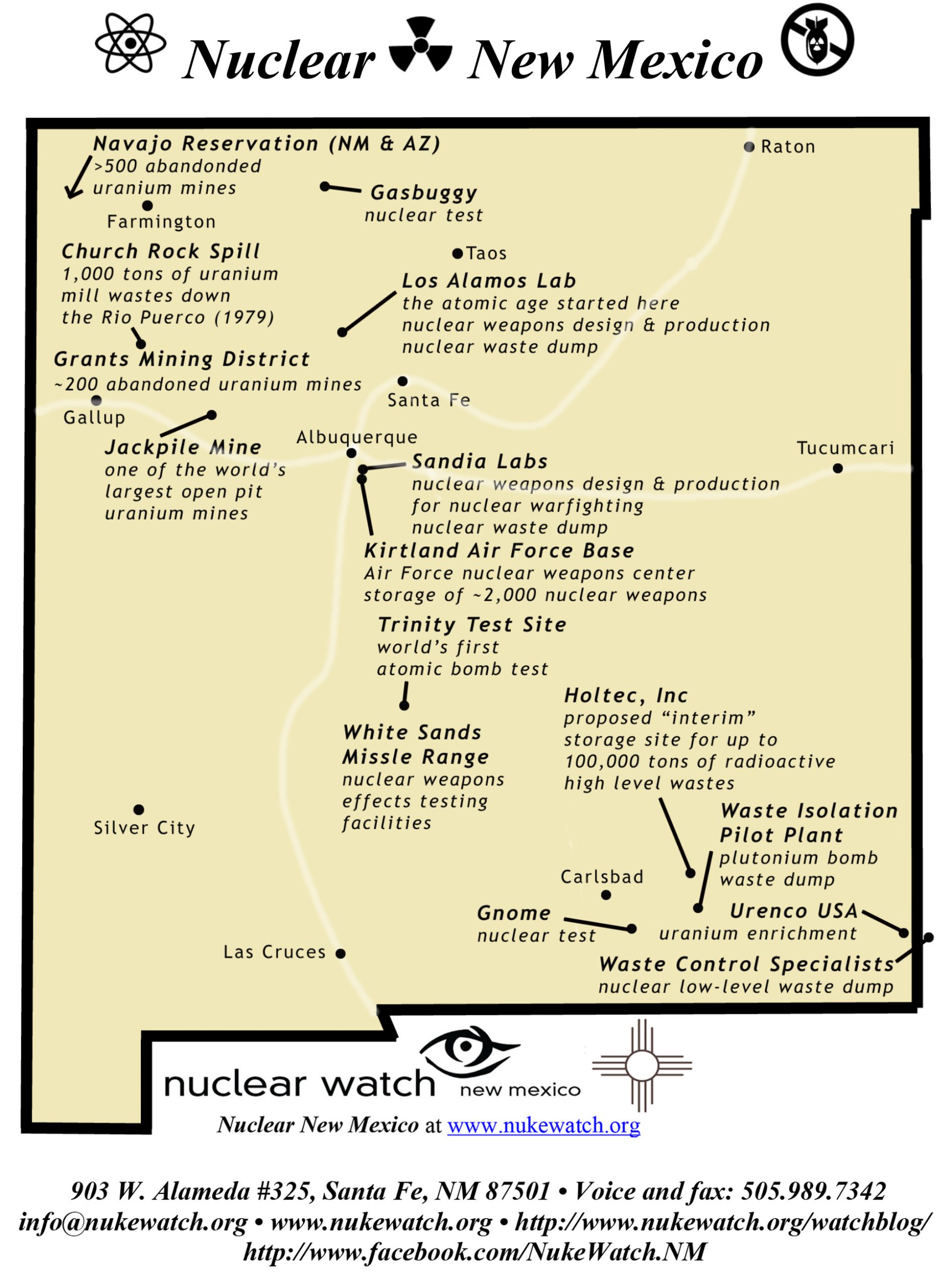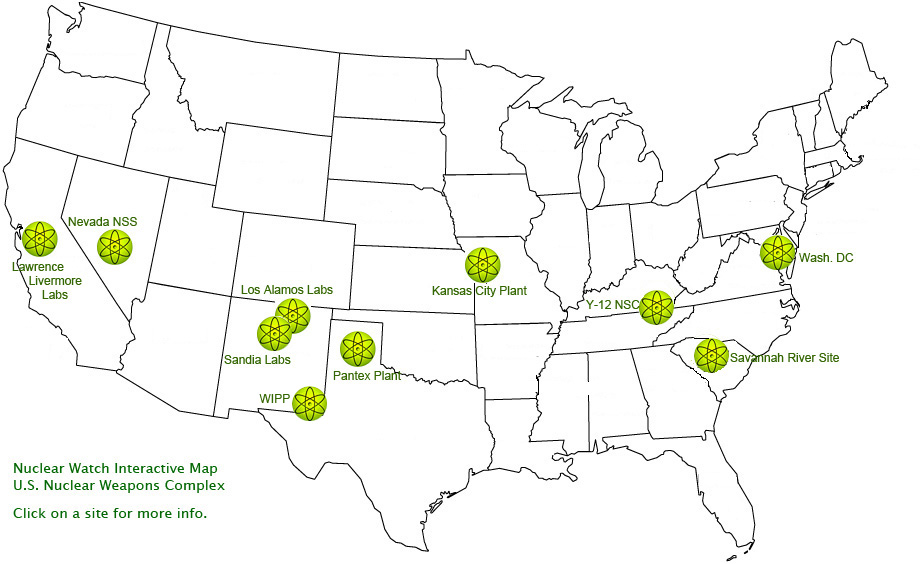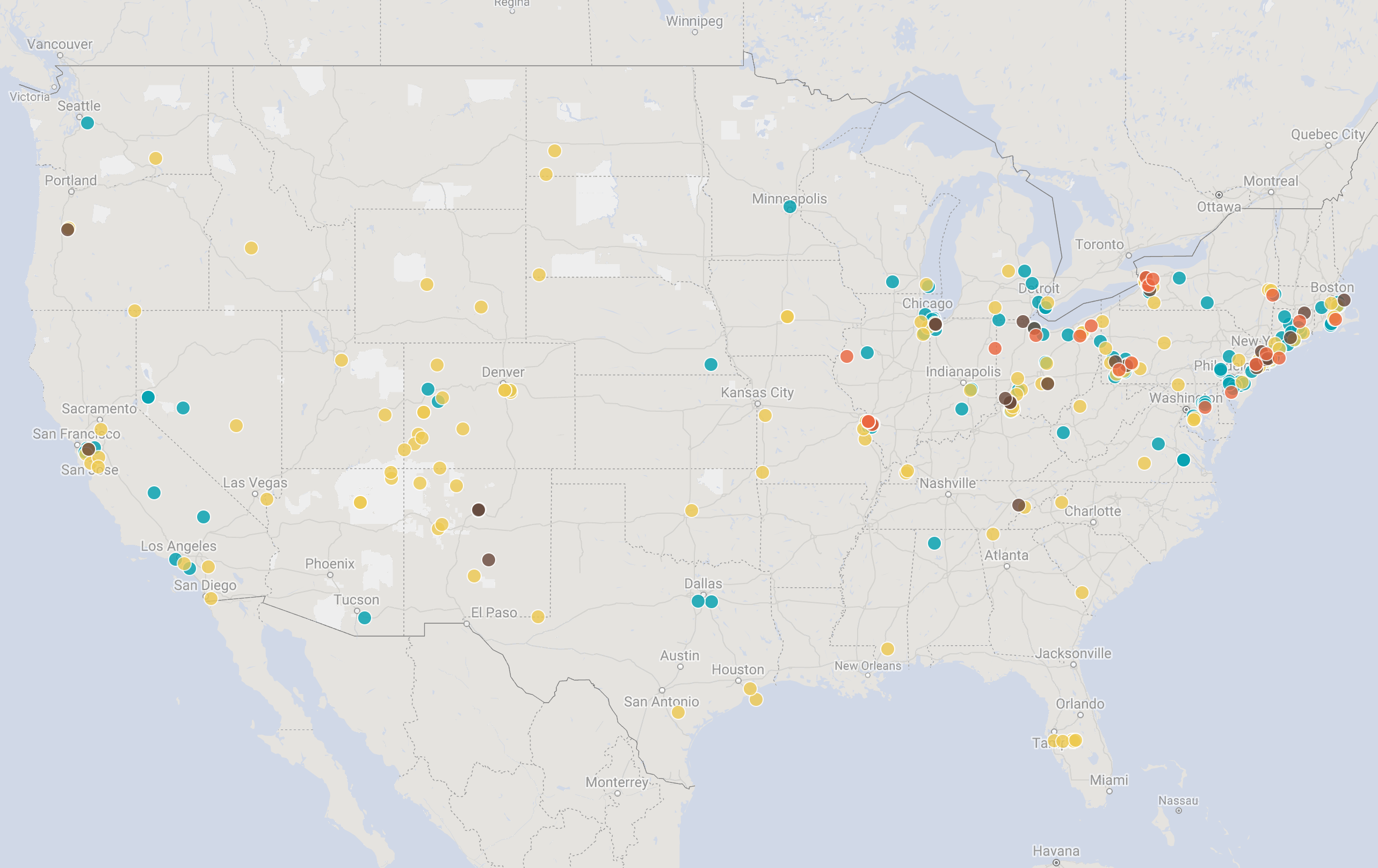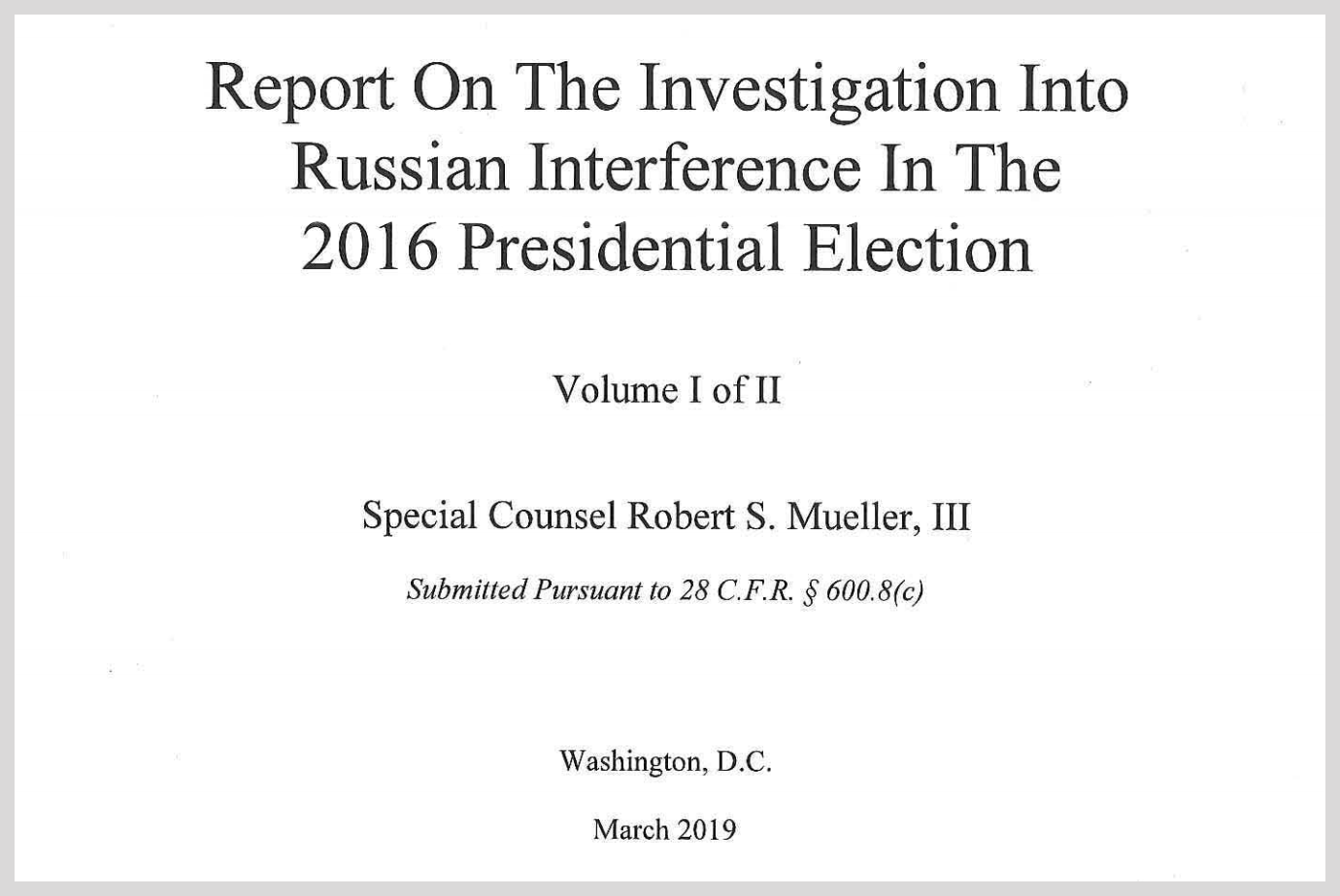QUOTE OF THE WEEK
Nothing Found
It seems we can’t find what you’re looking for. Perhaps searching can help.
LANL’s Central Mission: Los Alamos Lab officials have recently claimed that LANL has moved away from primarily nuclear weapons to “national security”, but what truly remains as the Labs central mission? Here’s the answer from one of its own documents:
LANL’s “Central Mission”- Presented at: RPI Nuclear Data 2011 Symposium for Criticality Safety and Reactor Applications (PDF) 4/27/11
Banner displaying “Nuclear Weapons Are Now Illegal” at the entrance in front of the Los Alamos National Lab to celebrate the Entry Into Force of the Nuclear Weapon Ban Treaty on January 22, 2021
Nothing Found
It seems we can’t find what you’re looking for. Perhaps searching can help.
Follow the Money!
Map of “Nuclear New Mexico”
Nuclear Watch Interactive Map – U.S. Nuclear Weapons Complex
In 1985, US President Ronald Reagan and and Russian President Mikhail Gorbachev declared that “a nuclear war cannot be won and must never be fought.”
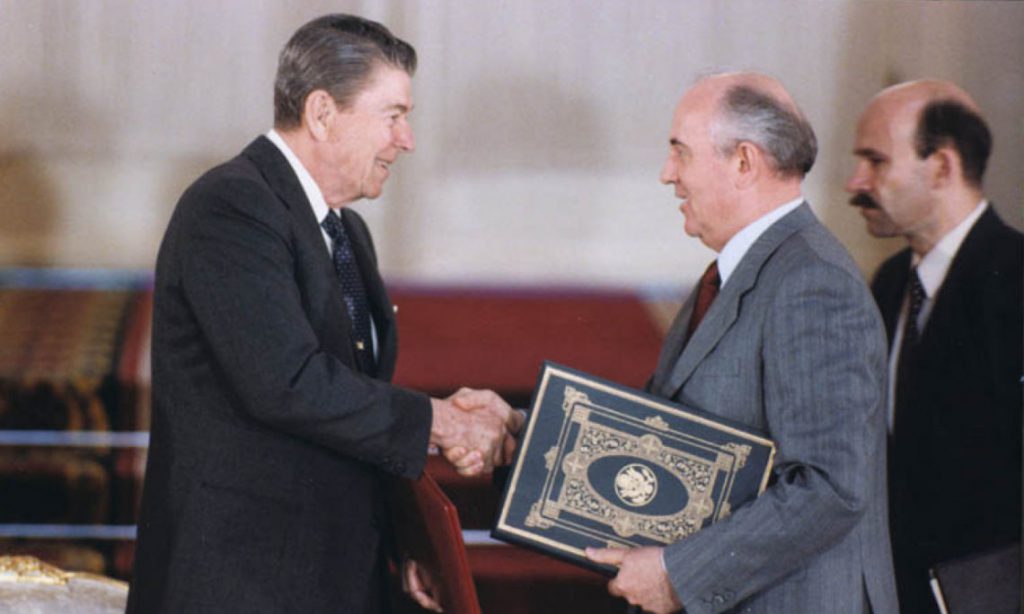
Waste Lands: America’s Forgotten Nuclear Legacy
The Wall St. Journal has compiled a searchable database of contaminated sites across the US. (view)
Related WSJ report: https://www.wsj.com
2022 BLOG POSTS
Nothing Found
It seems we can’t find what you’re looking for. Perhaps searching can help.
New & Updated
NNSA Downplays Study That Says Agency Can’t Make 50 Nuke Cores Per Year by 2030 in S.C.
A planned South Carolina facility will be able to produce 50 plutonium nuclear-weapon cores a year by 2030, despite a Department of Energy-funded study that says 2035 is more realistic, according to a top official with DOE’s National Nuclear Security Administration (NNSA).
BY DAN LEONE | exchangemonitor.com
“We have been working on scenarios to bring it back in time to ‘30,” Charles Verdon, NNSA deputy administrator for defense programs, told Nuclear Security & Deterrence Monitor Tuesday after a hearing of the House Armed Services strategic forces subcommittee.
In congressional testimony this year, NNSA Administrator Lisa-Gordon Hagerty has repeatedly mentioned the study — an engineering analysis completed by Parsons Government Services in 2018 — in the same breath as her appeals to lawmakers that the agency can only meet the Pentagon’s demand for 80 cores a year by 2030 by building the South Carolina facility while also producing cores in New Mexico.
– The full referenced Parson engineering analysis can be viewed here, & a summary here –
NNSA remains silent on meeting national Environmental Policy Act requirements for public environmental review.
![]() Recognizes the Inherent Challenges in Meeting Requirements for Plutonium Pit Production and Notes that the Current Approach is Achievable Given Sufficient Time, Resources, & Management Focus
Recognizes the Inherent Challenges in Meeting Requirements for Plutonium Pit Production and Notes that the Current Approach is Achievable Given Sufficient Time, Resources, & Management Focus
energy.gov | WASHINGTON – A study of the National Nuclear Security Administration’s (NNSA) recommended alternative to revitalize the United States’ plutonium pit production capabilities was delivered April 16 to Congress by the Department of Defense (DoD).
The Fiscal Year 2019 National Defense Authorization Act required the Secretary of Defense, in consultation with the NNSA Administrator, to contract a federally funded research and development center (FFRDC) to conduct an assessment of NNSA’s two-pronged approach to achieve DoD’s requirement for producing no fewer than 80 plutonium pits per year by 2030.
The Ploughshares Fund has released an official trailer for their new podcast, Press the Button! The podcast will cover the latest news, feature exclusive interviews and share insider, in-depth perspectives on all things nuclear. President of Ploughshares Fund Joe Cirincione will be the host, and you will also hear from many Ploughshares Fund voices like Program Director Michelle Dover, Deputy Policy Director Mary Kaszynski, Roger Hale Fellow Catherine Killough, Communications Director Delfin Vigil and more.
Press the Button will feature the smartest voices in nuclear and national security analyzing all the key issues. So, please take a listen. Our first full-length episode, with special guest Dr. Carol Cohn, will be dropping soon.
– Listen and subscribe on iTunes.
– Listen and subscribe on Spotify.
– Listen and subscribe on SoundCloud.
– Listen and subscribe on Google Play.
A NEW VISION 2019
The Ploughshares Fund has released a new report, “A New Vision: Gender. Justice. National Security.” These 10 essays from leading women in the field present a snapshot of what could be the start of a truly diverse, equitable and inclusive new vision for nuclear policy and national security.
This collection presents a snapshot of what could be the start of a truly diverse, equitable, inclusive and just new vision for nuclear policy and national security, direct from the minds of leading women in the field. We are grateful to the funding partners who made this report (pdf) possible.
US-Russia Chill Stirs Worry About Stumbling Into Conflict
The deep chill in U.S.-Russian relations is stirring concern in some quarters that Washington and Moscow are in danger of stumbling into an armed confrontation that, by mistake or miscalculation, could lead to nuclear war.
BY ROBERT BURNS | apnews.com
WASHINGTON (AP) — It has the makings of a new Cold War, or worse. American and European analysts and current and former U.S. military officers say the nuclear superpowers need to talk more. A foundational arms control agreement is being abandoned and the last major limitation on strategic nuclear weapons could go away in less than two years. Unlike during the Cold War, when generations lived under threat of a nuclear Armageddon, the two militaries are barely on speaking terms.
“During the Cold War, we understood each other’s signals. We talked,” says the top NATO commander in Europe, U.S. Army Gen. Curtis Scaparrotti, who is about to retire. “I’m concerned that we don’t know them as well today.”
Scaparrotti, in his role as Supreme Allied Commander Europe, has met only twice with Gen. Valery Gerasimov, the chief of the Russian general staff, but has spoken to him by phone a number of other times.
VAN HOLLEN LEADS LETTER URGING EXTENSION OF NEW START TREATY WITH RUSSIA
In the face of the Trump Administration abandoning international treaties and agreements, Nuclear Watch New Mexico applauds our senators Tom Udall and Martin Heinrich for signing this important letter defending nuclear arms control.
vanhollen.sentate.gov | Today U.S. Senator Chris Van Hollen led a letter with 23 Democratic Senators urging President Trump to extend the New Strategic Arms Reduction Treaty (New START) with Russia for another five years. This week marked the ninth anniversary of the signing of the treaty.
"Without inhibiting the ability of the United States to maintain a survivable, reliable, and effective nuclear deterrent, New START has advanced the security interests of the United States and underpinned strategic stability with a major nuclear-armed rival. By setting mutual limits on the numbers of deployed nuclear warheads and deployed and non-deployed strategic delivery vehicles, the treaty constrains the size and composition of Russia's nuclear capabilities and – through comprehensive monitoring and transparency measures – allows the United States to verify Russia's treaty compliance with confidence. New START is due to expire in February 2021 and can be extended for up to five additional years by agreement between the U.S. and Russian presidents," the Senators wrote.
They conclude, "Arms control is not an end in itself; it is a tool for containing the military capabilities of our adversaries and safeguarding the national security interests of the United States and its allies. Since 1972, Republican and Democratic administrations alike have pursued such measures as a complement to maintaining a robust nuclear deterrent. We urge you to sustain this bipartisan policy and advance U.S. security by extending New START for an additional five years."
The full text of the letter is available below and here.
"NukeWatch is very concerned over the possible termination of the JASONs. In 2004 NukeWatch asked then-Sen. Jeff Bingaman to require a JASONs study on the reliable lifetimes of plutonium pits, the cores of nuclear weapons. At the time the govt claimed pits were reliable for 45 years. The JASONs' conclusion that pits last 85 years or more had a profound effect, leading to congressional rejection of new nuclear weapons designs and related expanded pit production."
Storied Jason Science Advisory Group Loses Contract - Pentagon
BY JEFFREY MERVIS, ANN FINKBEINER | sciencemag.com
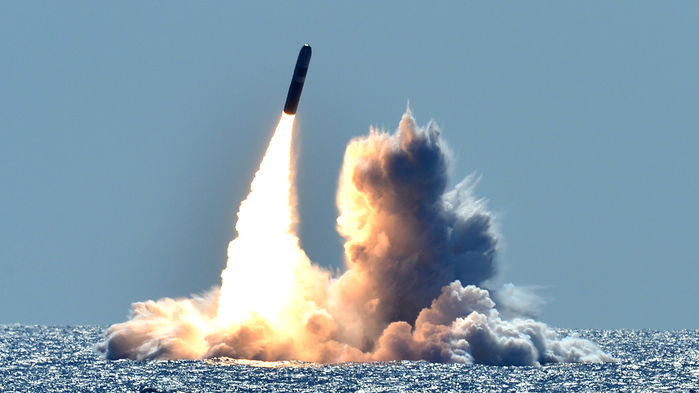
The U.S. Department of Defense (DOD) has severed its 60-year ties to a group of academics known as Jason, putting in jeopardy the group’s ability to conduct studies for the government on a range of national security issues.
Pentagon Pulls Funding for Team of Academics Who Work on the Most Difficult Scientific Problems
BY MATT NOVAC | gizmodo.com
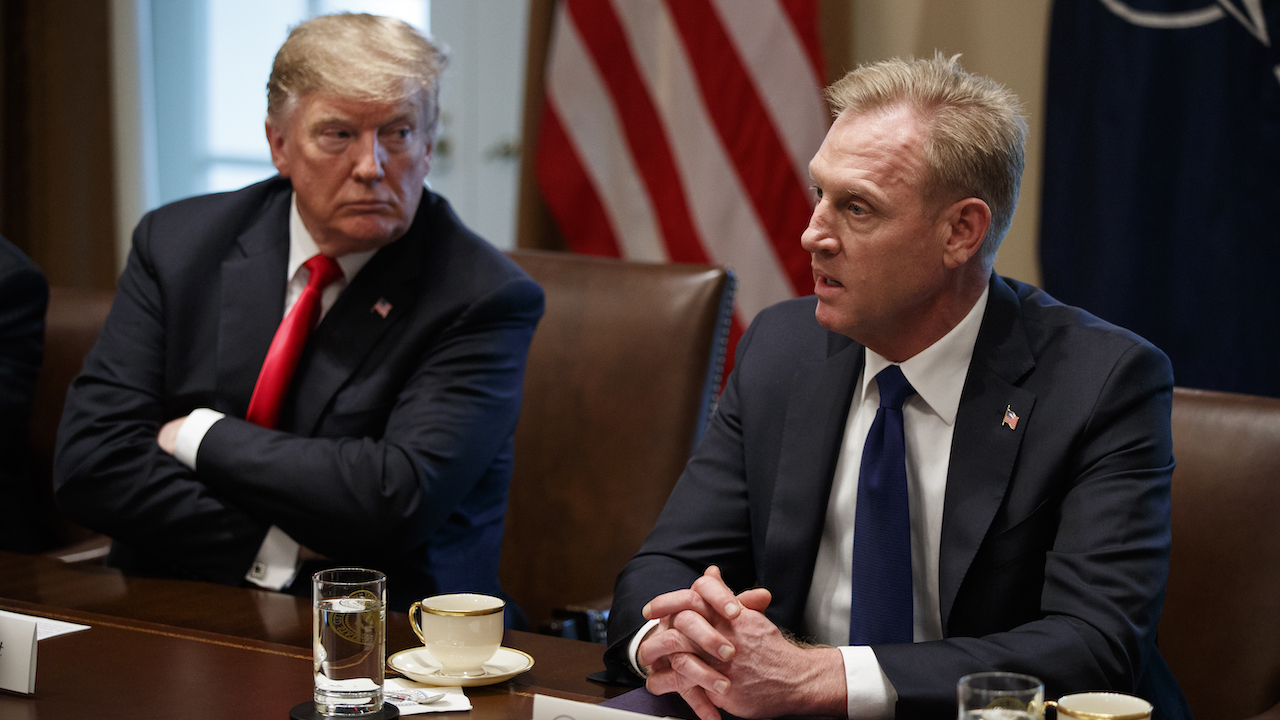
Photo: Associated Press
The U.S. Department of Defense under Patrick M. Shanahan has quietly pulled funding for an independent organization called the Jason Group under the Pentagon’s latest budget proposal. And it’s just one more way that the Trump regime is chipping away at independent scientific voices in the U.S. government.
The Jasons, as they’re sometimes called, are a team of academics who have historically tackled some of the most pressing scientific problems on behalf of the U.S. military. News that the Jason contract had been terminated was first revealed yesterday during a House budget meeting with members of the National Nuclear Security Administration (NNSA) and reported by Science magazine.
The Threat of Nuclear War Is Still With Us
The U.S. must re-engage with Russia to ensure the ultimate weapon doesn’t spread and is never used.
BY GEORGE P. SHULTZ, WILLIAM J. PERRY & SAM NUNN | wsj.com
The most difficult task facing the U.S. is also the most important—to refocus on America’s most vital interests even as we respond firmly to Russia’s aggressions.
New Mexico Is Divided Over The ‘Perfect Site’ To Store Nation’s Nuclear Waste
“There’s nobody that’s been able to demonstrate to me that there isn’t risk here,” says New Mexico Gov. Michelle Lujan Grisham. “There is risk. We need to be clear about that. I don’t think it’s the right decision for the state.”
BY NATHAN ROTT | npr.org
Thirty-five miles out of Carlsbad, in the pancake-flat desert of southeast New Mexico, there’s a patch of scrub-covered dirt that may offer a fix — albeit temporarily — to one of the nation’s most vexing and expensive environmental problems: What to do with our nuclear waste?
Despite more than 50 years of searching and billions of dollars spent, the federal government still hasn’t been able to identify a permanent repository for nuclear material. No state seems to want it.
Federal Watchdog Probes Trump Admin Push for Saudi Nuke Deal
In 2017 Team Trump worked to clinch a nuclear deal with Saudi Arabia—and an independent investigative agency wants to know what happened behind closed doors.
BY ERIN BANCO | thedailybeast.com
One of the government’s top investigative agencies has looked at allegations of potential wrongdoing by individuals in the Trump administration about their planning of a nuclear deal with Saudi Arabia, according to two individuals with knowledge of the probe.
The line of inquiry is part of a broader investigation in the Office of the Special Counsel—an independent federal investigative and prosecutorial agency—into alleged politically motivated personnel decisions at government offices.
The OSC, which can seek corrective and disciplinary action, is looking at whether officials were retaliated against for raising concerns about the administration’s work related to a Saudi nuclear deal. As part of that investigation, OSC has also reviewed allegations about potentially improper dealings by senior members of the Trump administration in their attempt to map out a nuclear deal with Riyadh, according to two sources with knowledge of OSC’s work.
The details of the OSC probe, previously unreported, are the first indication that a government body other than Congress is investigating matters related to a potential nuclear deal between the U.S. and Saudi Arabia. OSC declined to comment on the record for this story.
A Nuclear Missile Gets Dismantled: Stop-motion Video
What goes up can be dismantled
BY RACHEL BECKER | theverge.com | Video by Smriti Keshari/Outrider Foundation
In a surprisingly cheerful stop-motion animation released today, two disembodied hands dismantle a model of a Minuteman III missile, a weapon that — if launched — could send a nuclear warhead across the world. The hands pull it apart, burn the fuel and explosives, and safely dispose of the nuclear warhead. “So now you know,” the narrator says. “We can do this.”
The video comes from the Outrider Foundation, the same educational nonprofit that created an uncomfortably beautiful blast simulator that lets you nuke your backyard. This time, the Outrider Foundation brings its design aesthetic to a less apocalyptic message about nuclear weapons: “They are built by humans. We know how to take them apart. We can make decisions about them that make our world safer,” says Tara Drozdenko, the Outrider Foundation’s managing director of nuclear policy and nonproliferation.
Nuclear power excluded from EU’s green investment label
The European Parliament voted on a proposed classification for sustainable assets on Thursday (28 March), voting to exclude nuclear power from receiving a green stamp of approval on financial markets.
BY CLAIRE STAM & ALICIA PRAGER | euractiv.com
The abandoned Satsop Nuclear power plant in the state of Washington, US. [sharkhats / Flickr]The text voted in Parliament also excludes fossil fuels and gas infrastructure from the EU’s proposed green finance taxonomy, which aims to divert investments away from polluting industries into clean technologies. In a bid to prevent “green-washing”, the Parliament text also requires investors to disclose whether their financial products have sustainability objectives, and if they do, whether the product is consistent with the EU’s green assets classification, or taxonomy.
Chernobyl’s disastrous cover-up is a warning for the next nuclear age
“Fallout from bomb tests carried out during the cold war scattered a volume of radioactive gases that dwarfed Chernobyl.The Chernobyl explosions issued 45m [million] curies of radioactive iodine into the atmosphere. Emissions from Soviet and US bomb tests amounted to 20bn [billion] curies of radioactive iodine, 500 times more.”
Ukrainians protest against the cover-up of the consequences of the Chernobyl accident, April 1990.Photograph: Игорь Костин/РИА Новости
BY KATE BROWN | theguardian.com
Before expanding nuclear power to combat climate change, we need answers to the global health effects of radioactivity.
In 1986, the Soviet minister of hydrometeorology, Yuri Izrael, had a regrettable decision to make. It was his job to track radioactivity blowing from the smoking Chernobyl reactor in the hours after the 26 April explosion and deal with it. Forty-eight hours after the accident, an assistant handed him a roughly drawn map. On it, an arrow shot north-east from the nuclear power plant, and broadened to become a river of air 10 miles wide that was surging across Belarus toward Russia. If the slow-moving mass of radioactive clouds reached Moscow, where a spring storm front was piling up, millions could be harmed. Izrael’s decision was easy. Make it rain.
ACTION ALERTS
Nothing Found
It seems we can’t find what you’re looking for. Perhaps searching can help.
Nothing Found
It seems we can’t find what you’re looking for. Perhaps searching can help.
Interfaith Panel Discussion on Nuclear Disarmament - August 9
Nothing Found
It seems we can’t find what you’re looking for. Perhaps searching can help.
New Nuclear Media
Nothing Found
It seems we can’t find what you’re looking for. Perhaps searching can help.

